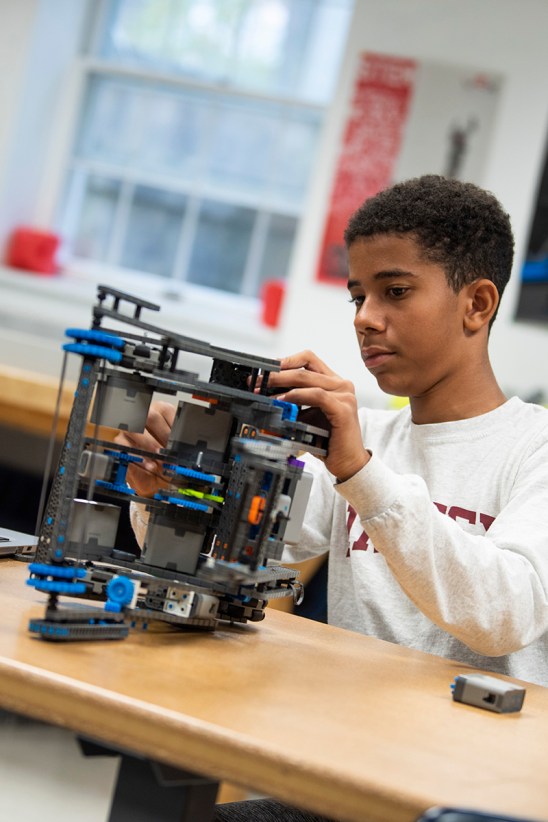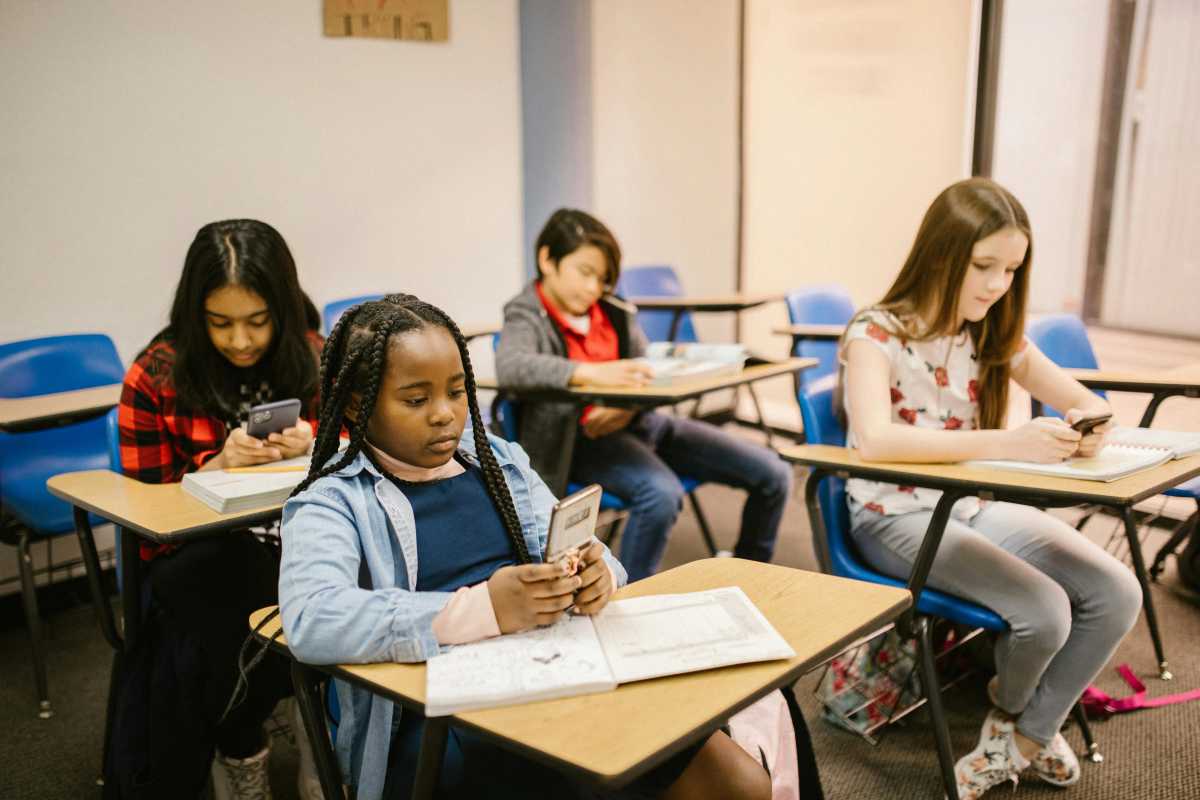There are countless books, articles, and blogs perpetuating the idea that every child needs to learn to code. We’ve all heard “coding is the new literacy,” and “learning to code is essential to prepare kids for the future.” While programming skills will absolutely be in high demand as we move toward a future filled with automation, robots, and artificial intelligence, it’s not necessary to subscribe to the idea that every kid needs to become a coding expert. From seven plus years of experience teaching thousands of children and teens in all aspects of creative technology, I’ve made a simple observation: some kids are wired to be coders and others are better suited pursuing more creative aspects of technology.
Observations on programming languages
In my approach, coding classes for kids start with an MIT-designed programming environment called Scratch. Scratch allows young students to explore code by building games and creating animations. Its drag and drop environment requires minimal typing and is extremely visual, cartoony, and fun. In Scratch classes all students have a great time creating games and learning the logic behind real-world programming languages. It is very rare that a student does not enjoy Scratch.
Once a student is ready to move on and has a proficiency with typing, the next step is Python, which is a programming language used in the real world. For instance, YouTube, Instagram, Reddit, and Spotify all rely on Python in various ways. Working with Python involves typing code into a text editor, so there is nothing visual or cartoony about it as it is literally text on a page. Once a student moves from Scratch to Python, I see one of two things, either the student is very interested and engaged, or the student is bored, overwhelmed, or not engaged.
What it means for your kids
The latter (bored, overwhelmed, not engaged) is an indication that this student is not really interested in learning computer science. The idea of making games may be exciting, but when it comes down to executing the concentration-heavy, complex task of writing and debugging code, students can struggle with the contrast of working with Python versus working with Scratch. By default, Scratch involves graphics, animations, and design, so most students enjoy creating projects. However, when it comes to typing out lines of code in a mathematical, logical way many kids lose interest or don’t understand it easily. Furthermore, some people are simply not “wired” for more advanced computer science. It’s similar to school: some students excel with ELA (English Language Arts) and Social Studies but struggle with math.
To put this in simple terms, some students naturally understand and excel at code, and others struggle. Conversely, some students excel with more creative or visual topics, while others have no interest. For students that struggle with code or are simply not interested, I always recommend trying out a class with a more visual or creative focus. I typically recommend 2D or 3D animation, CAD design, and some game design classes (those that are focused more on level design and game theory and less on code). In most cases, students who are visually and creatively focused really take to these classes.
The takeaway
Your kid may not be on track to become a coding expert, and that is totally OK. It is not necessary to force a child to learn to code just because as a parent you’ve been told, “Every kid needs to learn to code.” While it’s important to expose kids to all aspects of technology, and basic literacy with code is important, it’s equally as important to recognize a child’s strengths and develop and expand on them. The world is facing a future of robotics, artificial intelligence, and other code-driven industries, but there will always be a need for designers, animators, filmmakers, CAD designers, and a mass array of other creators. For example, Tesla may need a huge team of programmers to work on their vehicles, but another team is needed to design the vehicles, another to create 3D renderings of the cars, and another to design advertisements to sell the cars. The same could be said of any other tech-focused company.
Ultimately, it will prove helpful for every child to have a structural understanding of code because creative teams need to work with programming teams, and it is important to be able to communicate effectively. But I feel strongly that kids who are not “wired” to code or are just uninterested should not be forced to take coding classes. Rather, their strengths should be recognized and nurtured.
Rob Kissner is founder and president of The Digital Arts Experience, whose mission is to provide kids and teens in the community with access and exposure to the world of creative technology in a fun and safe environment. The DAE works with thousands of students a year from all over Westchester and Southern Connecticut and provides tech programs to the majority of school districts in Westchester. The DAE focus is on collaborative, hands-on, and project-based learning so that students learn through doing, side by side with their peers and a team of talented and unique instructors.
theda
















